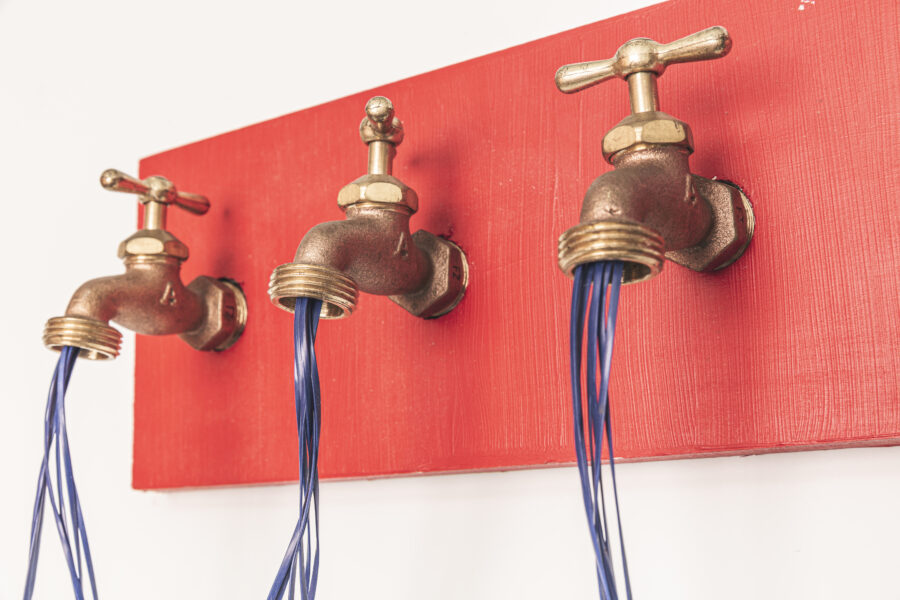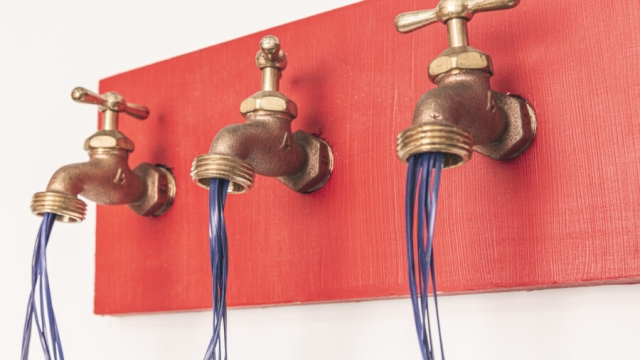
Welcome to the fascinating world of plumbing, where the intricate network of pipes and fixtures plays a crucial role in our daily lives. From the moment we wake up to the time we go to bed, plumbing quietly serves us in ways we often take for granted. Whether it’s the soothing flow of water in the shower, the convenience of a working toilet, or the joy of clean dishes after a meal, plumbing touches every aspect of our existence. Yet, the complex and ingenious system that brings water in and waste out remains largely unseen and underappreciated. Join us on a journey as we explore the wonders of plumbing, shining a light on this essential yet often overlooked aspect of modern living.
History of Plumbing
Plumbing has a rich history dating back thousands of years. The ancient civilizations of Mesopotamia, Egypt, and India were among the first to develop early forms of plumbing systems. They used clay pipes and aqueducts to transport water for bathing, irrigation, and drinking.
One of the most notable advancements in plumbing history occurred during the Roman Empire. The Romans were pioneers in developing more sophisticated plumbing systems, including the widespread use of lead pipes and public baths. Their innovations laid the foundation for modern plumbing practices that continue to influence the field today.
Fast forward to the Industrial Revolution, and plumbing saw significant advancements with the introduction of indoor plumbing in the 19th century. This period marked a shift towards more convenient and hygienic water supply and sewage disposal systems in residential and commercial buildings. As technology and materials improved, plumbing became an essential component of modern infrastructure worldwide.
Types of Plumbing Systems
Black Bathroom Faucet With Swivel Spout
When it comes to plumbing systems, there are primarily two main types: potable water systems and drainage systems. Potable water systems are designed to supply clean and safe drinking water to a building, while drainage systems are responsible for removing wastewater and sewage from the premises.
The potable water system consists of pipes, fixtures, and fittings that deliver water for drinking, cooking, cleaning, and bathing. These systems usually connect to a municipal water supply or a private well. The water is then distributed throughout the building via a network of pipes that deliver water to various points of use.
On the other hand, drainage systems are crucial for removing wastewater from sinks, toilets, showers, and appliances. These systems use gravity to transport wastewater through a series of pipes to a main sewer line or septic tank. Properly designed drainage systems are essential to prevent backups, clogs, and contamination of the water supply.
Benefits of Proper Plumbing
Proper plumbing in a home ensures efficient water usage and helps to conserve this precious resource. By having well-maintained pipes and fixtures, you can prevent leaks and wastage, leading to lower water bills and a more sustainable lifestyle.
Additionally, good plumbing increases the overall value of your property. Potential buyers are more inclined to invest in a home with updated and functional plumbing systems, as it signifies proper care and maintenance of the property.
Furthermore, with proper plumbing, you can enjoy the convenience and comfort of consistent water pressure and temperature. This not only enhances your daily routines but also contributes to a stress-free living environment.
